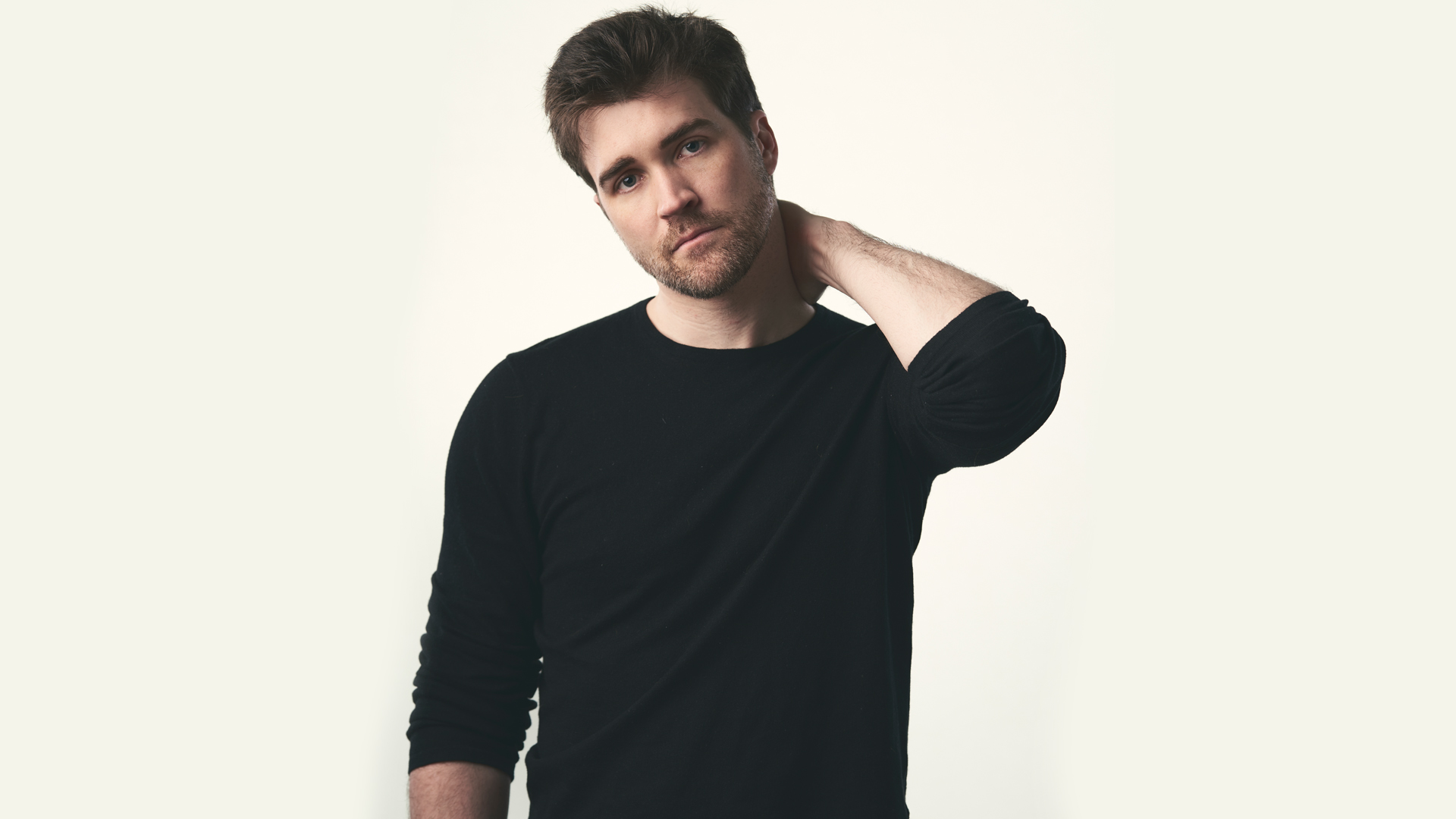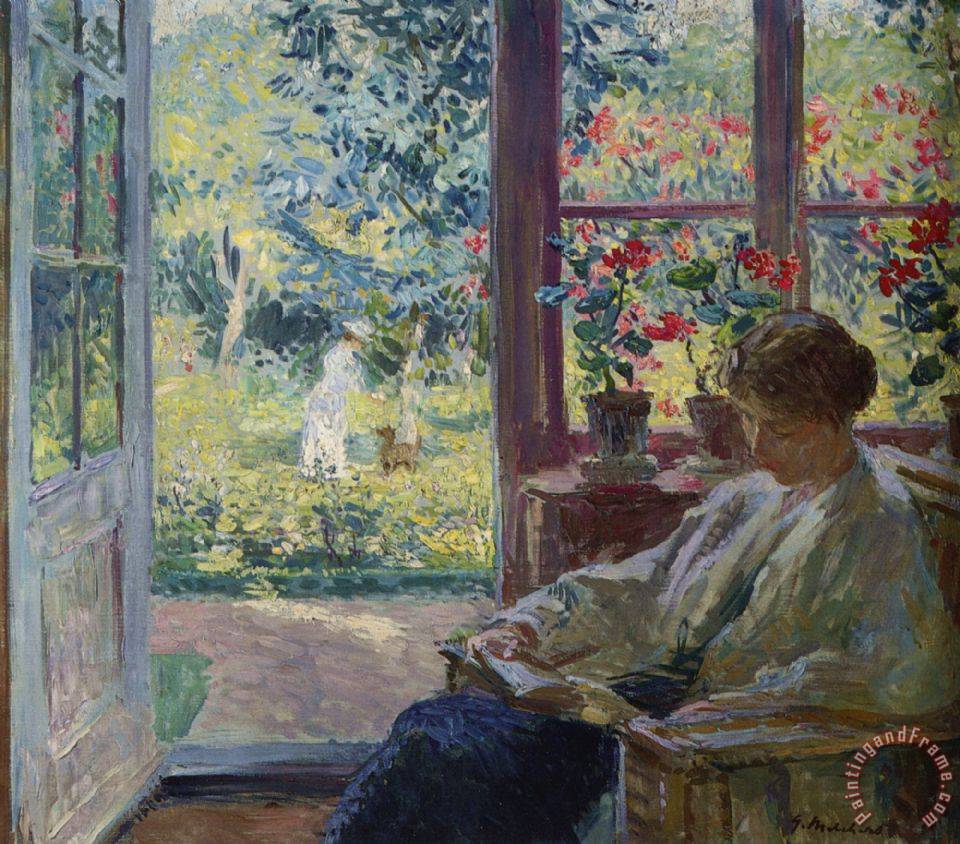

He’s shy and awkward but sweet, and he draws Anna out of her shell just a bit. She has become peculiarly obsessed with some new neighbors across the street, the Russells, and when one of them, 15-year-old Ethan (Fred Hechinger), stops by with a gift for her, she reluctantly allows him into her lair. And there’s a part of her that wants both to reach out and to be reached out to. We’re clued in that Anna used to know some other kind of life: she’s separated from her husband (Anthony Mackie), who lives elsewhere with their young daughter, though she speaks to him regularly-he cares for her, even in light of her problems, though he also tries to keep her grounded in reality. And while you’re never alone in the city, a place like New York can still be the loneliest place on Earth. So what happens in The Woman in the Window? How much can really happen to a woman who lives alone and refuses to leave her own house? A lot, apparently.

Adams is good at this kind of role: she’s a bundle of nerve endings, but she gives off a sympathetic, fiberoptic glow. Best to keep an eye on this troubled creature, with her frizzy, undone hair and her tired, pink-rimmed rabbity eyes. Cinematographer Bruno Delbonnel follows our fragile, frazzled protagonist through her nest of rooms as if the camera knows she’s in danger of being swallowed by her own house.

The picture is enjoyable not so much for its twisty plot-which, even if you haven’t already read the book, is essentially pretty guessable-as for its artful dedication to its own highly theatrical, drapes-drawn somberness. Finn’s 2018 novel (Letts wrote the screenplay), and Wright shapes it into a modern gothic tale of obsession, voyeurism and possible madness, as prismatic and furtive as a leaded-glass window. The Woman in the Window is adapted from A.J. His Jeff Jefferies is her dream twin, a man who has come to prefer the prurient watching of life to actually living it. Any reference to Alfred Hitchcock’s Rear Window is strictly intentional: early on we catch a glimpse of James Stewart’s face, in all its neurotic postwar glory, on Anna’s TV screen. And she looks out the window her circumscribed existence is widened, slightly, by the signs of life she sees in the checkerboard pattern of windows opposite. She watches old movies on DVD, finding companionship in their black-and-white shadows. Anna drifts from room to room in a sweeping, dark-pink bathrobe, like a wan Victorian heroine who has time-travel-shopped from the Garnet Hill catalog. Agoraphobia has rarely looked as classy as it does in Joe Wright’s coolly tasteful psychological thriller The Woman in the Window: Amy Adams plays Anna Fox, a woman who cannot bring herself to leave her comfortably appointed if dimly lit Harlem townhouse, spending her days and nights in a moody haze induced by the anti-anxiety drugs her shrink (Tracy Letts) has prescribed for her, which she pairs with copious amounts of red wine.


 0 kommentar(er)
0 kommentar(er)
